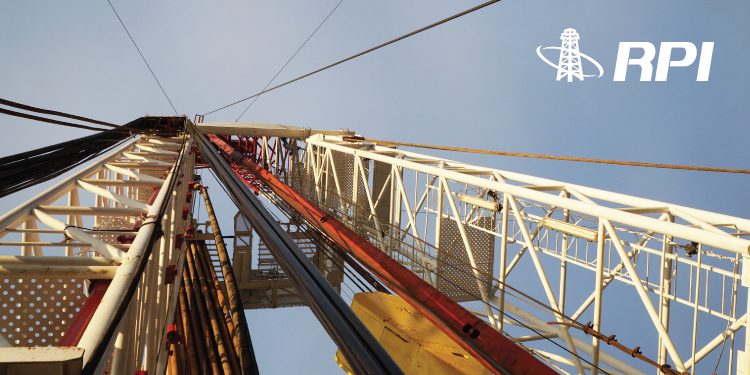Oil Field Services Under Restrictions
The RPI company analyzed the Russian well workover market.
According to expert estimates, the well workover (WW) segment is the second largest in terms of money in the oilfield services market, after the production drilling segment. Its share in recent years has been in the range of 10-13% of the total volume of Russian oilfield services. In absolute terms, in 2023 it reached 200.9 billion rubles, which is 13.1% higher than the same figure for 2022. At the same time, the number of workover operations carried out in 2023 is 8.8% less than the number of operations made in the previous year. This indicates that qualitative structural changes are taking place in the workover market, which have become a response to the radically changed operating conditions of the oil and gas industry, including oilfield services.
The last two years, 2022 and 2023, have passed for the Russian oil industry under the sign of unprecedented sanctions from Western states. If in 2022 the scale, parameters of sanctions, as well as the resistance of the domestic oil industry to sanction pressure raised many questions and were a source of significant uncertainty, then in 2023 the situation changed significantly: the nature and scope of the imposed sanctions became “more clear”, and Russian oil producing companies adapted to them relatively successfully, and the main driver of changes in the level of oil production in Russia was not sanctions, but restrictions formed by agreements within the OPEC+ format. The results of the oil industry confirmed its adaptation to the imposed sanctions: in 2022, the volume of oil and gas condensate production increased from 524.5 to 535.2 million tons, and in 2023 it decreased, according to OPEC+ agreements, to 530 million tons, still remaining above 2021 levels.
In 2024, the volume of oil and gas condensate production, and, consequently, the volume of the oil services market, will also be determined either by the agreements reached or by voluntary restrictions within the framework of OPEC+. Thus, in March of this year, Russia committed to further reduce production by 350 thousand barrels per day in April, by another 50 thousand barrels per day in May and by another 71 thousand barrels per day in June 2024 (total for April-June production should decrease by 471 thousand barrels per day). Further dynamics of changes in the level of oil production in Russia will be determined by the market situation, experts say.











